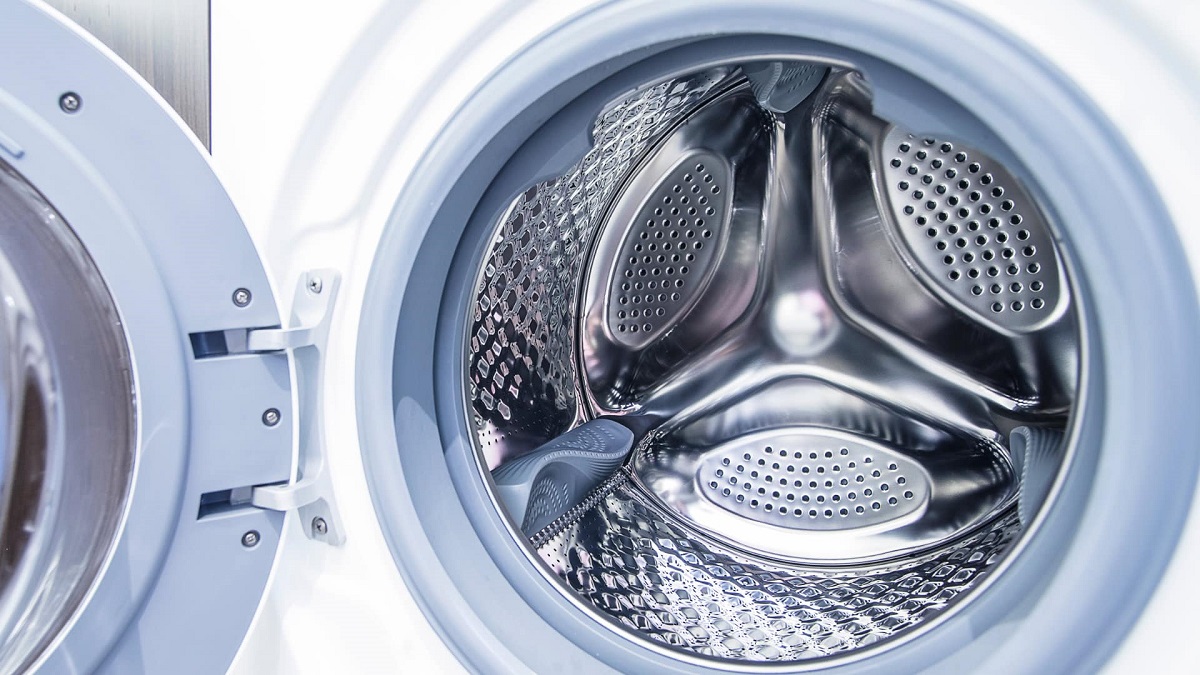

Articles
What Is A Washer Drum
Modified: May 6, 2024
Learn everything you need to know about washer drums with our informative articles. Find answers to common questions and troubleshoot common problems.
(Many of the links in this article redirect to a specific reviewed product. Your purchase of these products through affiliate links helps to generate commission for Storables.com, at no extra cost. Learn more)
Introduction
When it comes to washing machines, the washer drum is a crucial component that plays a significant role in the overall performance and efficiency of the machine. In simple terms, the washer drum is the part of the washing machine where you load your clothes for cleaning. It is responsible for agitating, rinsing, and spinning the clothes, ensuring a thorough and effective wash.
Understanding the importance of the washer drum is essential for anyone looking to purchase a washing machine or optimize their existing one. In this article, we will explore the definition of a washer drum, the different types available, the materials used in their construction, and the factors to consider when choosing one.
So, let’s dive in and unravel the world of washer drums.
Key Takeaways:
- Choose the Right Washer Drum
Consider factors like capacity, material, efficiency, and specialized features when selecting a washer drum. Proper maintenance ensures longevity and optimal performance, enhancing your laundry experience. - Maintain Your Washer Drum
Regular cleaning, proper loading, and following manufacturer recommendations are essential for maintaining the efficiency and longevity of your washer drum. By implementing these practices, you can enjoy efficient and effective washing cycles for years to come.
Read more: What Is The Drum In A Printer
Definition of a Washer Drum
A washer drum, also known as a washing machine drum or tub, refers to the cylindrical compartment inside a washing machine where clothes are placed for washing. It is designed to hold the garments during the wash cycle and facilitates the movement of water and detergent to clean the clothes effectively.
The washer drum is typically perforated or fitted with small holes, allowing water to enter and exit freely. These perforations or holes prevent clothes from getting stuck or tangled during the wash cycle. Additionally, the drum may have paddles or agitators that help in agitating the clothes, ensuring a thorough wash.
Modern washing machines come with various drum capacities, ranging from small drums suitable for individuals or couples to larger drums suitable for families or households with heavier laundry needs. The capacity is measured in kilograms or pounds, indicating the weight of dry clothes the drum can hold comfortably.
Furthermore, the washer drum may have additional features, such as a glass door or window, allowing users to monitor the washing process without opening the machine. Some high-end models also come with LED lights inside the drum, providing a visually appealing and convenient washing experience.
In summary, the washer drum is the part of the washing machine where clothes are loaded and cleaned. Its purpose is to hold the garments, allow water and detergent to reach them, and facilitate the washing process through agitating, rinsing, and spinning.
Types of Washer Drums
Washer drums come in various types, each with its own unique design and functionality. The two primary types of washer drums are front-load and top-load drums.
1. Front-Load Washer Drums: As the name suggests, front-load washer drums are located at the front of the washing machine. They are horizontally oriented and require users to open a door on the front of the machine to load and unload clothes. Front-load drums are known for their superior performance and efficiency. They use a tumbling action to clean clothes, resulting in gentler washing and better stain removal. These drums have a larger capacity compared to top-load drums and are generally more energy-efficient and water-efficient. They are a popular choice for those looking for advanced features and a sleek, modern design.
2. Top-Load Washer Drums: Top-load washer drums, as the name suggests, are located on the top of the washing machine. They are vertically oriented and require users to lift a lid or door on the top of the machine to load and unload clothes. Top-load drums typically use an agitator or impeller mechanism to clean the clothes. Agitators are a central column with fins or blades that move the clothes around, while impellers are low-profile discs that create a turbulent current to wash the clothes. Top-load drums are generally more affordable and easier to load and unload compared to front-load drums. They are a popular choice for those looking for a traditional design and ease of use.
While front-load and top-load drums are the most common types, there are also variations and hybrid models available in the market. Some washing machines come with dual-action or dual-drum features, combining both agitator and impeller mechanisms to provide the best of both worlds. These hybrid models offer versatility in cleaning different types of clothes and allow users to choose the washing style that suits their preferences.
Depending on your needs and preferences, you can choose between front-load and top-load washer drums or explore hybrid models to find the right washing machine for you.
Front-Load Washer Drums
Front-load washer drums are a popular choice for many households due to their superior performance and efficiency. Let’s take a closer look at some key features and benefits of front-load washer drums.
1. Tumbling Action: Front-load washer drums use a tumbling action to clean clothes. The drum rotates or tumbles the clothes gently, ensuring a thorough and even distribution of water and detergent. This gentle motion reduces wear and tear on clothes, prolonging their lifespan.
2. Better Cleaning Performance: The tumbling action of front-load drums results in better cleaning performance, especially when it comes to removing tough stains. The clothes are constantly moving and rubbing against each other, enhancing the efficiency of the washing process.
3. Larger Capacity: Front-load washer drums generally have a larger capacity compared to top-load drums. This means you can wash more clothes in a single load, saving time and energy. The larger capacity also comes in handy for washing bulkier items like comforters and blankets.
4. Energy and Water Efficiency: Front-load washer drums are known for their energy and water efficiency. They typically use less water compared to top-load drums, resulting in reduced water consumption and lower utility bills. The efficient spinning and draining process also removes more water from the clothes, reducing drying time and energy usage.
5. Advanced Features: Many front-load washer drums come with advanced features and customizable options. These may include a variety of wash cycles and temperature settings, delayed start function, steam cleaning, and even smart connectivity. These features provide greater flexibility and convenience in meeting your specific laundry needs.
6. Sleek and Modern Design: Front-load washer drums often have a sleek and modern design that complements contemporary homes. The front-loading door adds a sophisticated touch to the washing machine, making it visually appealing and aesthetically pleasing.
7. Stackable Options: Front-load washers are often designed to be stackable, allowing you to save space in your laundry area. You can place a compatible dryer on top of the washer, creating a vertical laundry setup that maximizes floor space.
Front-load washer drums offer a range of benefits in terms of cleaning performance, energy efficiency, and advanced features. However, it’s important to note that they can be more expensive upfront compared to top-load drums. Additionally, they may require proper maintenance, such as regularly cleaning the door seal and ensuring proper drainage, to prevent issues like mold and mildew.
Ultimately, the choice between front-load and top-load washer drums depends on your specific requirements, preferences, and budget. Consider factors such as cleaning performance, capacity, energy efficiency, and design before making a decision.
Top-Load Washer Drums
Top-load washer drums are a popular choice for many households, offering convenience and ease of use. Let’s explore some key features and benefits of top-load washer drums.
1. Agitator or Impeller Mechanism: Top-load washer drums typically use either an agitator or an impeller mechanism to clean clothes. Agitators are a central column with fins or blades that move the clothes around, creating a scrubbing motion. Impellers, on the other hand, are low-profile discs that create a turbulent current to wash the clothes. Both mechanisms are effective in cleaning clothes, and the choice between them depends on personal preference.
2. Easy Loading and Unloading: With a top-load washer drum, you simply lift the lid or door on the top of the machine to load and unload clothes. This design makes it easier to access the drum and handle heavy or bulky items, such as bedding or larger garments.
3. Affordability: Top-load washer drums are generally more affordable compared to front-load models. If you’re working with a limited budget, a top-load washer drum can be a cost-effective option without compromising on functionality.
4. Quick Wash Cycles: Many top-load washers come with quick wash cycle options, allowing you to wash smaller loads in a shorter amount of time. This feature is particularly useful when you need to freshen up clothes or have a small number of lightly soiled items to clean.
5. Flexibility in Adding or Removing Laundry: With a top-load washer drum, you can easily pause the cycle and add or remove clothes during the washing process. This flexibility allows you to toss in that sock you missed or take out a garment that needs special attention without interrupting the entire cycle.
6. Compact and Portable Options: Top-load washers often come in compact sizes, making them suitable for smaller homes or apartments with limited space. Some models are also designed to be portable, allowing you to move them around as needed.
7. Reliable Performance: Top-load washer drums have a long-standing reputation for reliability. They have been in use for many years and have undergone continuous improvements to enhance their performance and durability.
It’s important to note that top-load washer drums may use more water compared to front-load models, which can impact water consumption and utility bills. Additionally, the agitator mechanism in some top-load washers may cause more wear and tear on clothes, especially delicate fabrics. However, many modern top-load washers come with advanced features and technologies to minimize these concerns, such as gentle wash cycles and water-saving options.
Considering factors such as ease of use, affordability, and flexibility, top-load washer drums are an excellent choice for households seeking a reliable and user-friendly washing machine.
When cleaning a washer drum, use a mixture of white vinegar and baking soda to remove any built-up residue and odors. Run a hot water cycle with the mixture to keep your washer drum clean and fresh.
Read more: What Is The Drum Of A Washing Machine
Materials Used in Washer Drum Construction
The construction of washer drums involves the use of durable materials that can withstand the harsh conditions of frequent washing cycles. Let’s explore some of the common materials used in washer drum construction:
1. Stainless Steel: Stainless steel is a popular material choice for washer drums due to its durability, resistance to corrosion, and ability to withstand high spin speeds. Stainless steel drums are robust and can handle heavy loads without warping or damaging the clothes. They also have a smooth surface that prevents clothes from snagging or getting damaged during the wash cycle.
2. Porcelain-Coated Steel: Porcelain-coated steel is another common material used in washer drum construction. It is a steel drum that is coated with a layer of porcelain enamel. This coating provides a smooth and resistant surface, preventing clothes from snagging and reducing the risk of rust or corrosion. Porcelain-coated steel drums are durable and can withstand frequent use.
3. Polymer or Plastic: Some washer drums are constructed using polymer or plastic materials. These drums are lightweight and resistant to rust and corrosion. The use of polymer or plastic allows for quieter operation due to its sound-absorbing properties. However, plastic drums may not be as durable as stainless steel or porcelain-coated steel drums, and they can be prone to warping or cracking over time.
4. Glass-Reinforced Plastic (GRP): Glass-reinforced plastic, also known as fiberglass, is occasionally used in the construction of washer drums. GRP drums are lightweight, durable, and resistant to rust and corrosion. They can handle high spin speeds without warping or vibrating excessively.
While stainless steel and porcelain-coated steel are the most common materials used in washer drum construction, the choice of material may vary depending on the brand, model, and price range of the washing machine. Consider factors such as durability, resistance to corrosion, and the impact on washing performance when selecting a washer drum material.
It’s worth noting that regardless of the material used, proper maintenance and care are essential to prolong the lifespan of the washer drum. Regularly cleaning the drum, removing any debris or lint, and avoiding overloading the machine can help prevent damage and ensure optimal performance.
By selecting a washer drum constructed from high-quality materials and maintaining it properly, you can enjoy efficient and long-lasting washing cycles for years to come.
Importance of Washer Drums in Washing Machines
The washer drum is a critical component of a washing machine, playing a crucial role in the overall washing performance and efficiency. Let’s explore the importance of washer drums in washing machines:
1. Efficient Cleaning: Washer drums are designed to agitate, rinse, and spin the clothes, ensuring a thorough and effective wash. The movement of the drum helps to distribute the water and detergent evenly, allowing them to penetrate the fabric and remove dirt, stains, and odors. The clothes are constantly in motion, ensuring that all areas are adequately cleaned.
2. Preventing Tangling and Damage: Washer drums are perforated or fitted with small holes, allowing water to enter and exit freely. These perforations serve an important purpose – they prevent clothes from tangling or bunching up during the wash cycle. By minimizing tangling, the washer drum helps to reduce the risk of excessive wear and tear on the fabric and preserve the longevity of the clothes.
3. Capacity and Convenience: The size of the washer drum determines the capacity of the washing machine. A larger drum allows for washing more clothes in a single load, saving time and energy. This is particularly beneficial for families or households with large laundry loads. Additionally, washer drums offer convenience through features like easy loading and unloading and the ability to add or remove clothes during the wash cycle.
4. Washing Machine Performance: The performance of a washing machine is closely tied to the quality and efficiency of the washer drum. A well-designed and properly functioning drum ensures that the washing machine operates smoothly and efficiently. This includes proper water distribution, optimal detergent dispersal, effective spinning to remove excess water, and preventing excessive vibrations or noise during operation.
5. Cleaning Performance for Different Fabrics: Washer drums are designed to cater to various types of fabrics and materials, from delicate items to heavily soiled garments. The drum’s gentle movement and customizable wash cycles allow for proper cleaning without causing damage to sensitive fabrics. Additionally, some washing machines offer specialty drum features, such as steam cleaning or specific wash programs for different types of fabrics, ensuring optimal performance for a wide range of clothing materials.
6. Energy and Water Efficiency: Efficient washer drums contribute to energy and water savings in washing machines. The proper agitation and rinsing action, combined with advanced technologies and features, help minimize water consumption without compromising cleaning performance. Additionally, effective spinning of the drum reduces water retention in the clothes, resulting in shorter drying times and energy savings in the subsequent drying process.
As we can see, washer drums play a vital role in the overall efficiency, convenience, and performance of washing machines. They ensure effective cleaning, prevent tangling and damage to clothes, offer capacity and convenience, and contribute to energy and water savings. When purchasing a washing machine, it’s important to consider the quality and design of the washer drum to ensure an optimal laundry experience.
Factors to Consider When Choosing a Washer Drum
When selecting a washing machine, it is important to consider the features and specifications of the washer drum. Here are some key factors to consider when choosing a washer drum:
1. Drum Capacity: The capacity of the washer drum determines the amount of laundry it can accommodate in a single load. Consider the size of your household and the amount of laundry you typically do to determine the appropriate drum capacity. A larger drum can save you time and energy by allowing you to wash more clothes at once, but keep in mind that a drum that is too large may be unnecessary for smaller households.
2. Material: The material of the washer drum can impact durability, cleaning performance, and maintenance. Stainless steel or porcelain-coated steel drums are popular choices due to their durability, resistance to rust and corrosion, and gentleness on clothes. If you opt for a plastic or polymer drum, ensure it is of high quality and designed to withstand frequent use without warping or cracking.
3. Drum Design: Look for a drum design that minimizes tangling and damage to clothes. Consider features such as drum paddles or agitators that help in agitating the clothes for better cleaning performance. Additionally, opt for a drum with perforations or small holes that allow for proper water circulation while preventing clothes from getting trapped or tangled.
4. Washing Machine Efficiency: The efficiency of the washer drum impacts the overall efficiency of the washing machine. Look for features such as energy-saving options, water-saving technologies, and effective spinning action to reduce water consumption and shorten drying times. An efficient washer drum will ensure optimal use of resources without compromising on cleaning performance.
5. Noise and Vibrations: Consider the noise and vibration levels of the washing machine when choosing a washer drum. Look for models with features such as anti-vibration technology or noise reduction measures to minimize disturbances during operation. A well-designed drum can help in reducing vibrations and noise, ensuring a quieter and more pleasant laundry experience.
6. Specialized Features: Some washer drums come with specialized features that cater to specific needs. These may include steam cleaning capabilities, specialty wash programs for delicate fabrics, or customizable wash options. Consider your specific laundry requirements and look for a washer drum that offers the features and functions that align with your needs.
7. Brand Reputation and Warranty: Research the reputation of the washing machine brand and the warranty provided for the washer drum. Choose a brand known for producing reliable and high-quality washing machines with durable drum construction. Ensure that the warranty covers any potential issues or defects in the drum to safeguard your investment.
By considering these factors, you can select a washer drum that meets your laundry needs and provides optimal performance, durability, and efficiency.
Maintaining and Caring for a Washer Drum
Maintaining and caring for your washer drum is essential to ensure its longevity and optimal performance. Here are some tips to help you keep your washer drum in excellent condition:
1. Regular Cleaning: Clean the washer drum regularly to remove any residue, lint, or detergent buildup. Use a mild detergent or a specialized washing machine cleaner and follow the manufacturer’s instructions. Wipe down the drum, including the inside surface and the door seal, to prevent the growth of mold or mildew. Pay special attention to any nooks and crannies where dirt or detergent can accumulate.
2. Check for Debris: Before each wash, check the drum for any loose items such as coins, buttons, or small pieces of fabric. These items can get lodged in the drum’s perforations or cause damage to the drum or other components of the washing machine. Removing these items before starting the wash cycle will help prevent potential issues.
3. Avoid Overloading: Avoid overloading the washer drum with too many clothes. Overloading can strain the drum and decrease its efficiency. Instead, follow the manufacturer’s recommendations for the maximum load capacity. This will ensure that the clothes have enough space to move freely in the drum, resulting in a better wash and reducing the risk of damage to the drum or other parts of the washing machine.
4. Balance the Load: Unevenly distributed loads can cause the washer drum to spin off balance, leading to excessive vibrations and potential damage. When loading your washing machine, distribute the clothes evenly around the drum. If necessary, rearrange the clothes to ensure a balanced load. Proper load balancing will improve the efficiency and longevity of the drum.
5. Use Recommended Detergents: Follow the manufacturer’s instructions regarding the type and amount of detergent to use. Using excessive amounts of detergent can create excess suds that may leave residue on the drum or cause problems with drainage. Opt for high-quality detergents recommended for your specific washing machine and the type of clothes you are washing.
6. Prevent Excess Moisture: After each wash, leave the washing machine door slightly open to allow moisture to evaporate from the drum. This will help prevent the growth of mold or mildew. Additionally, wipe down the door seal and the inside of the washing machine to remove any moisture or residue that may have accumulated.
7. Regular Maintenance: Follow the manufacturer’s guidelines for regular maintenance tasks such as cleaning or replacing the lint filter, checking and cleaning the drainage system, and inspecting hoses and connections for any signs of leaks or damage. Regular maintenance will help identify and address any potential issues before they escalate and affect the performance of the washer drum.
By implementing these maintenance and care practices, you can ensure the longevity and optimal performance of your washer drum. Regular cleaning, proper loading, and following manufacturer recommendations will keep your washer drum in excellent condition, allowing you to enjoy efficient and effective washing cycles for years to come.
Read more: What Is The Drum Unit On A Brother Printer
Conclusion
The washer drum is undeniably a vital component of a washing machine, playing a crucial role in the overall cleaning performance and efficiency. Whether it’s a front-load or top-load design, the washer drum’s design, material, and features directly impact the quality of your laundry experience.
Choosing the right washer drum involves considering various factors such as drum capacity, material, design, efficiency, noise levels, specialized features, brand reputation, and warranty. By assessing your specific requirements and preferences, you can make an informed decision that meets your laundry needs.
Maintaining and caring for your washer drum is equally important. Regular cleaning, checking for debris, avoiding overloading, balancing the load, using recommended detergents, preventing excess moisture, and prioritizing regular maintenance ensure the longevity and optimal performance of the washer drum.
Whether you opt for a stainless steel drum, a porcelain-coated steel drum, or a high-quality polymer drum, the key lies in proper maintenance and care. By following these practices, you can maintain the efficiency, durability, and cleanliness of your washer drum for years to come.
Remember, the washer drum is the heart of your washing machine, facilitating efficient cleaning, preventing tangling and damage, and enhancing your laundry experience. By giving due consideration to the drum’s quality, features, and maintenance, you can make laundry day a breeze while preserving the lifespan of your washer drum.
Now that you're versed in the essentials of washer drums, why stop there? Every machine faces troubles, and knowing how to sort them out yourself saves both time and money. Next up, we've prepared a straightforward guide on tackling common problems yourself. Whether your machine is leaking, refusing to spin, or just acting up, our next piece offers practical advice on getting your washer back in tip-top shape. Don't miss out on mastering these handy washer repair skills!
Frequently Asked Questions about What Is A Washer Drum
Was this page helpful?
At Storables.com, we guarantee accurate and reliable information. Our content, validated by Expert Board Contributors, is crafted following stringent Editorial Policies. We're committed to providing you with well-researched, expert-backed insights for all your informational needs.
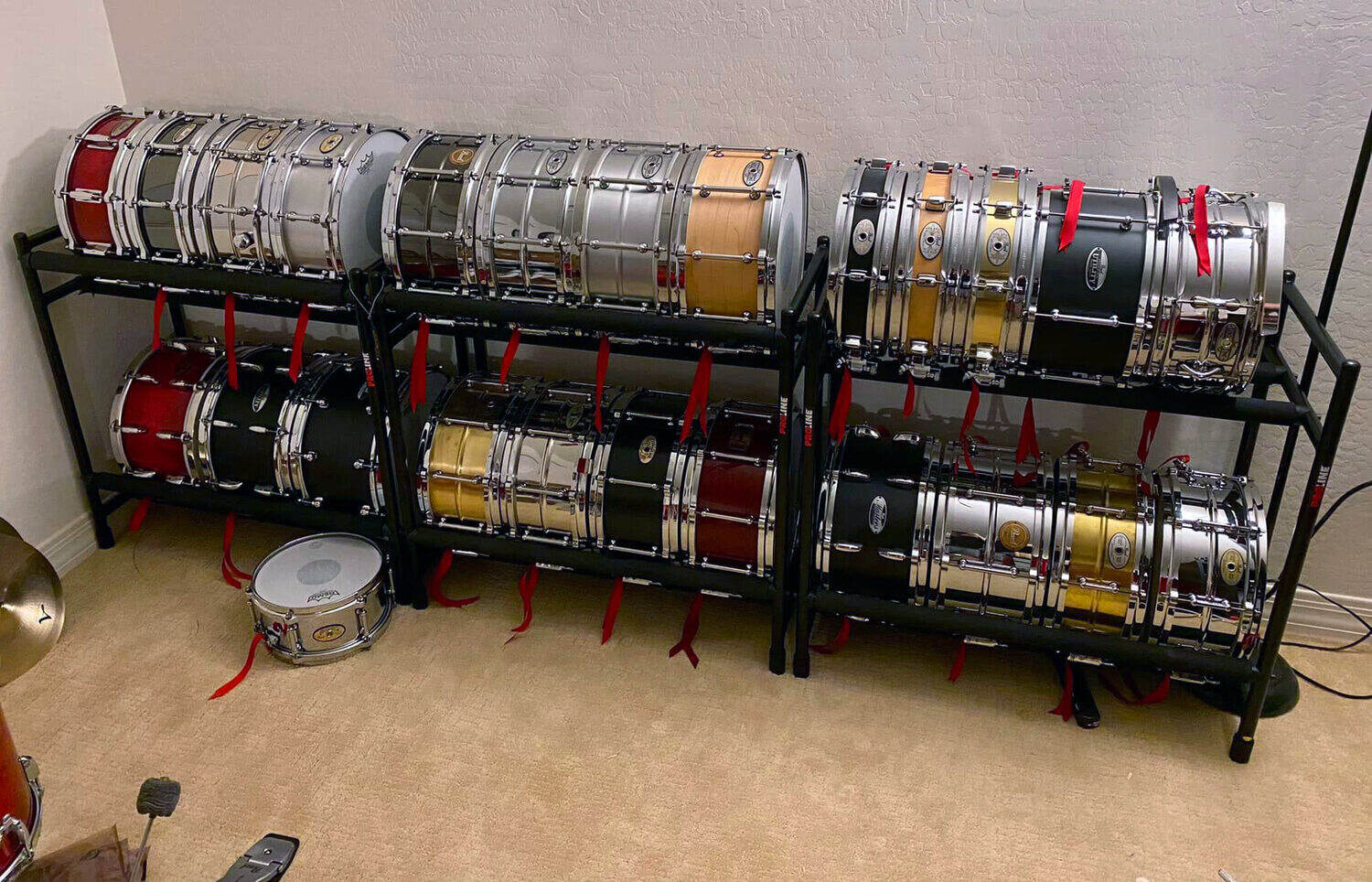
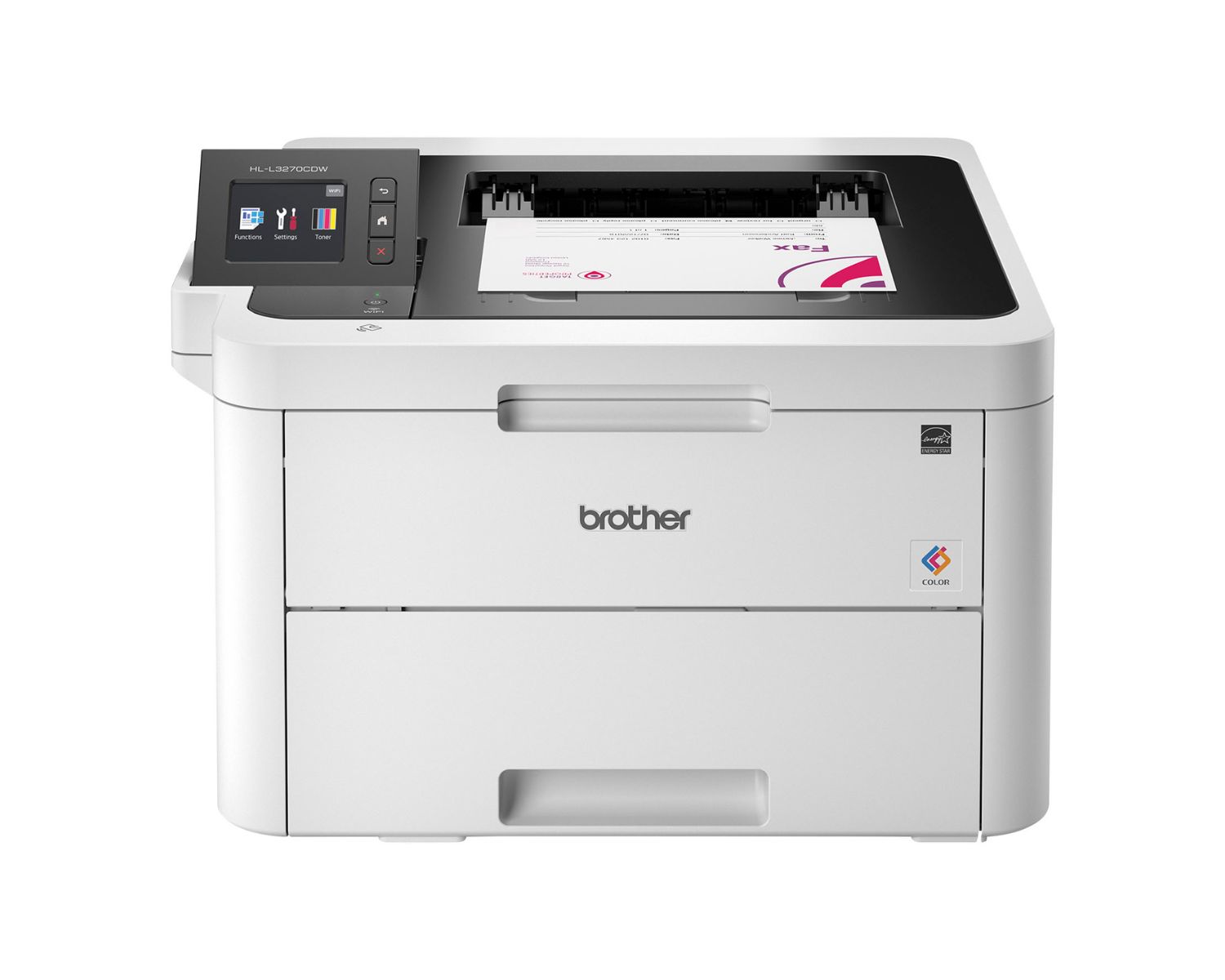
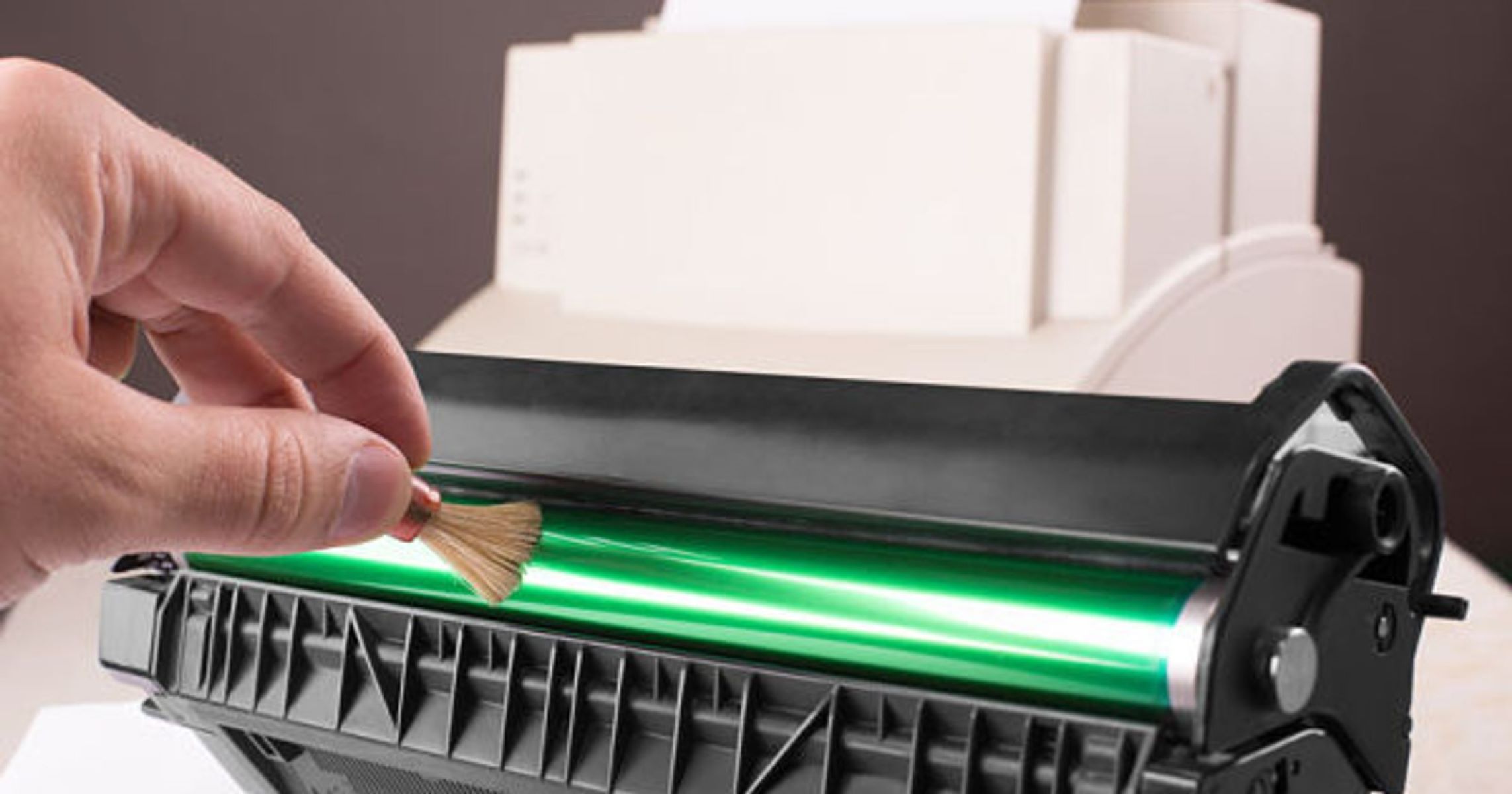
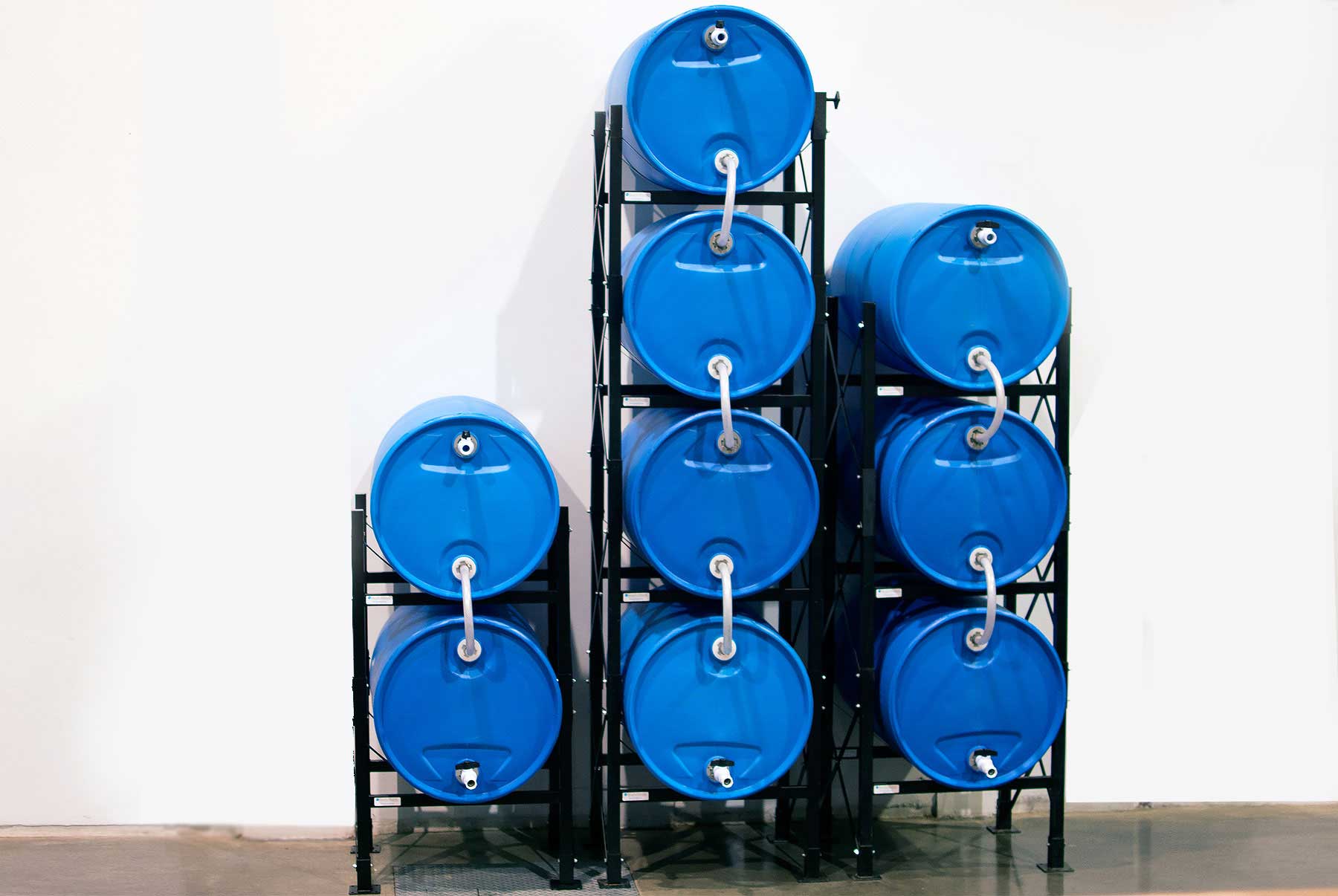
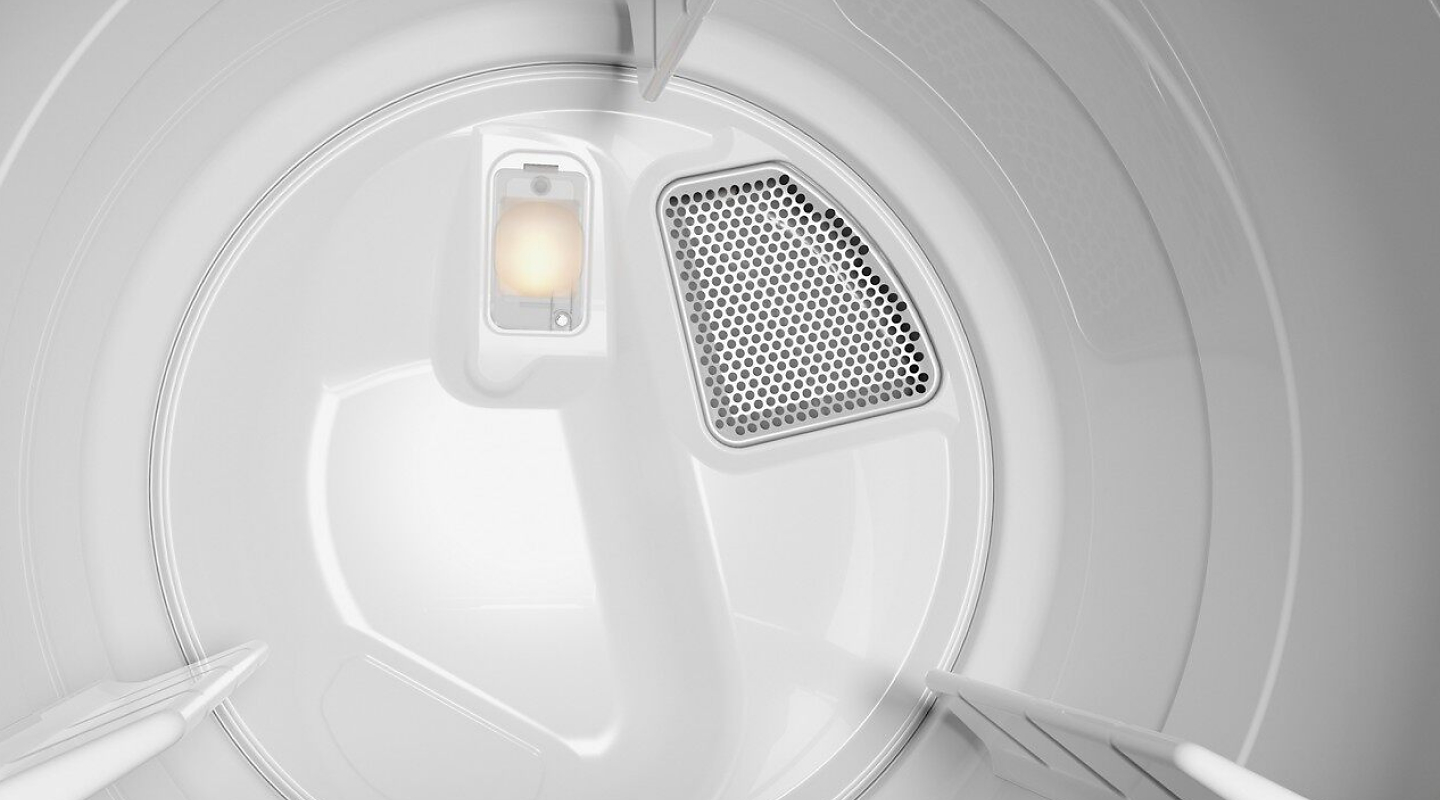

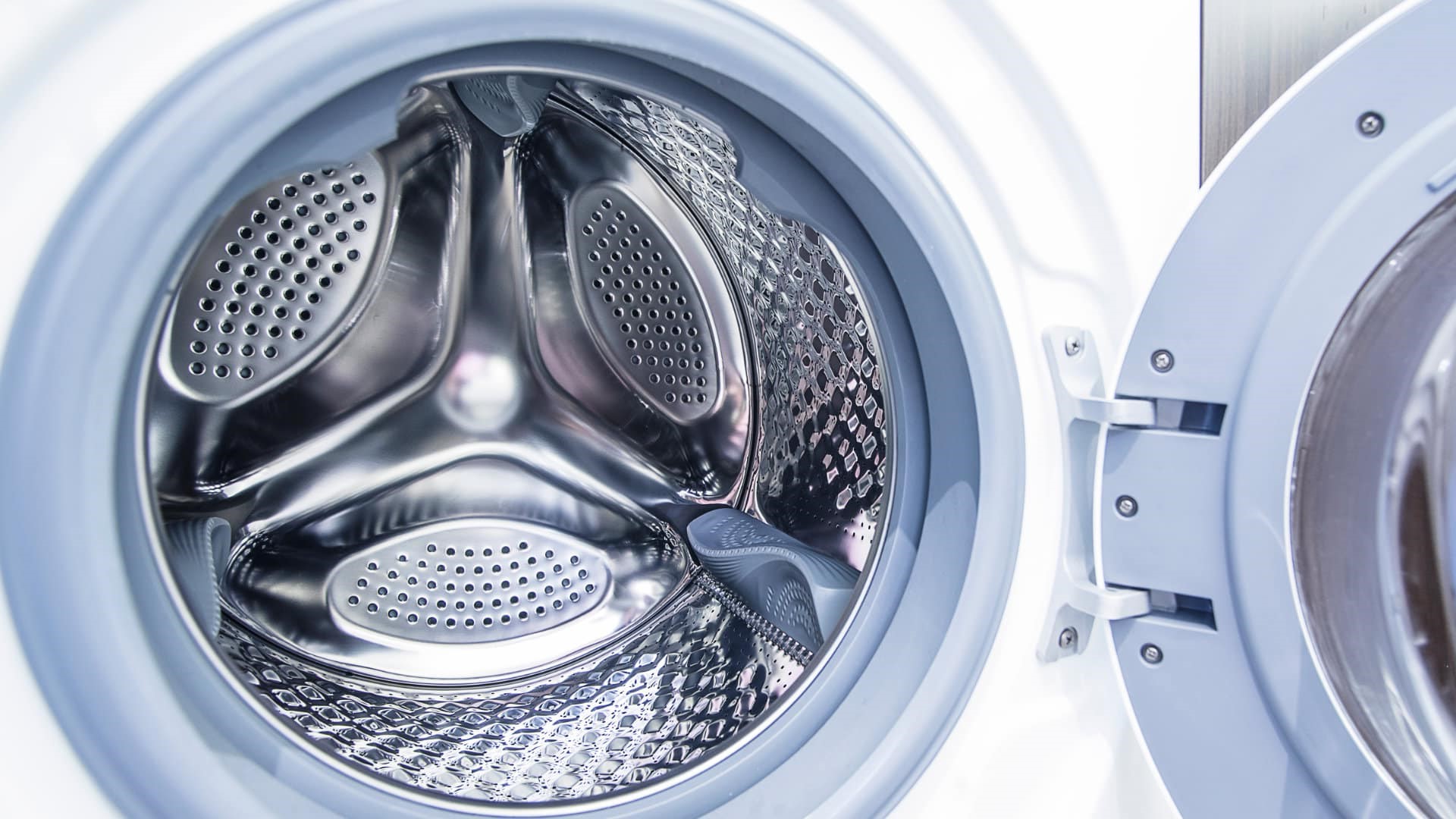
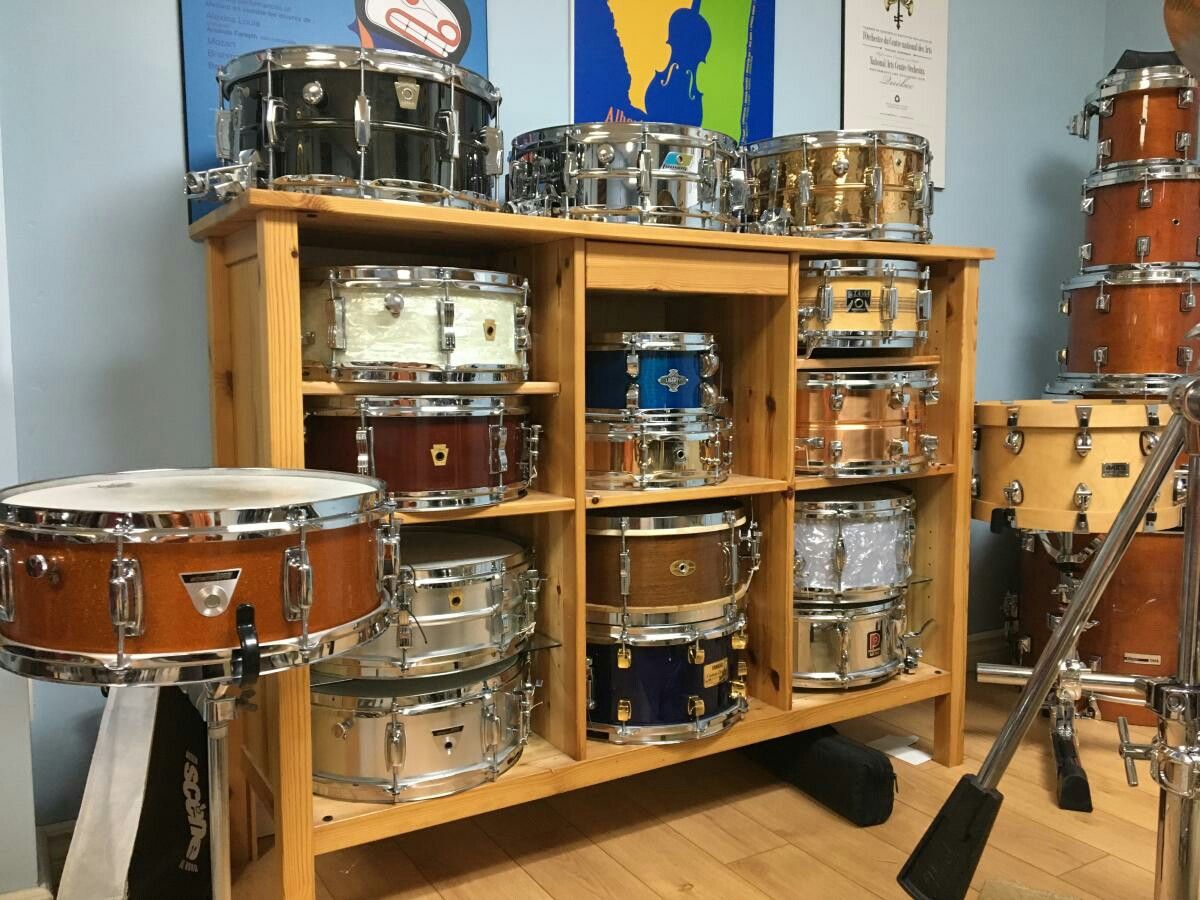
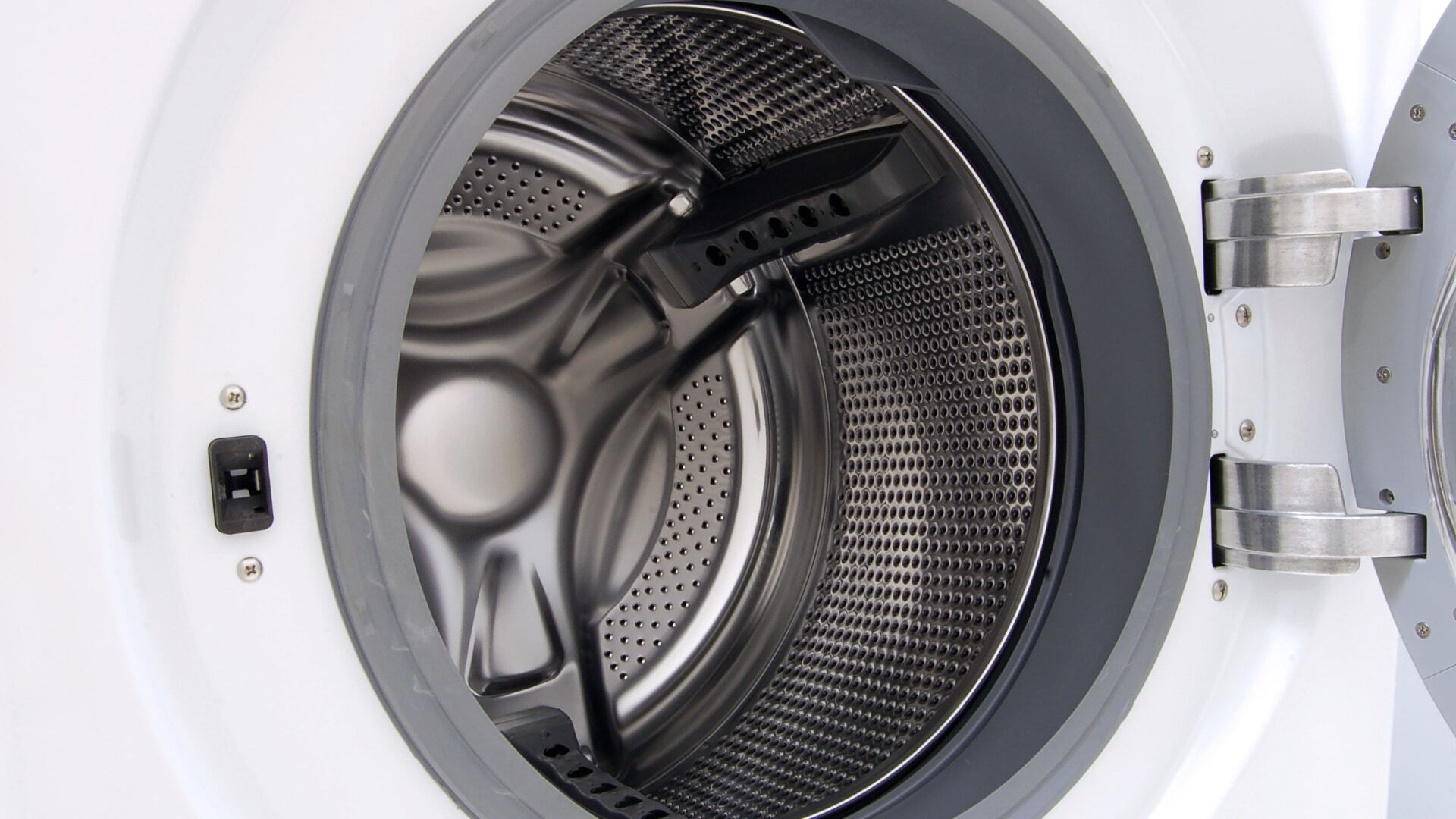
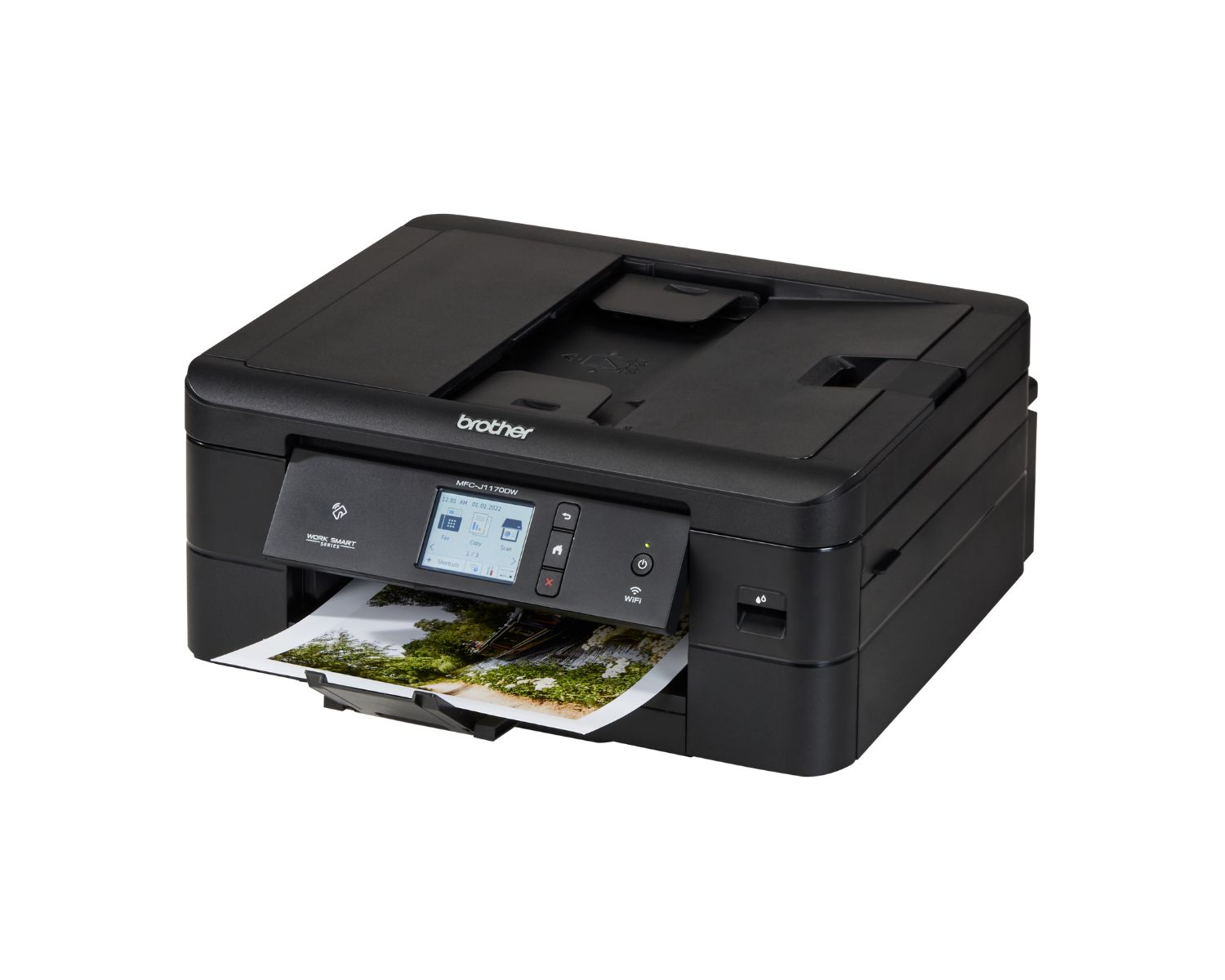
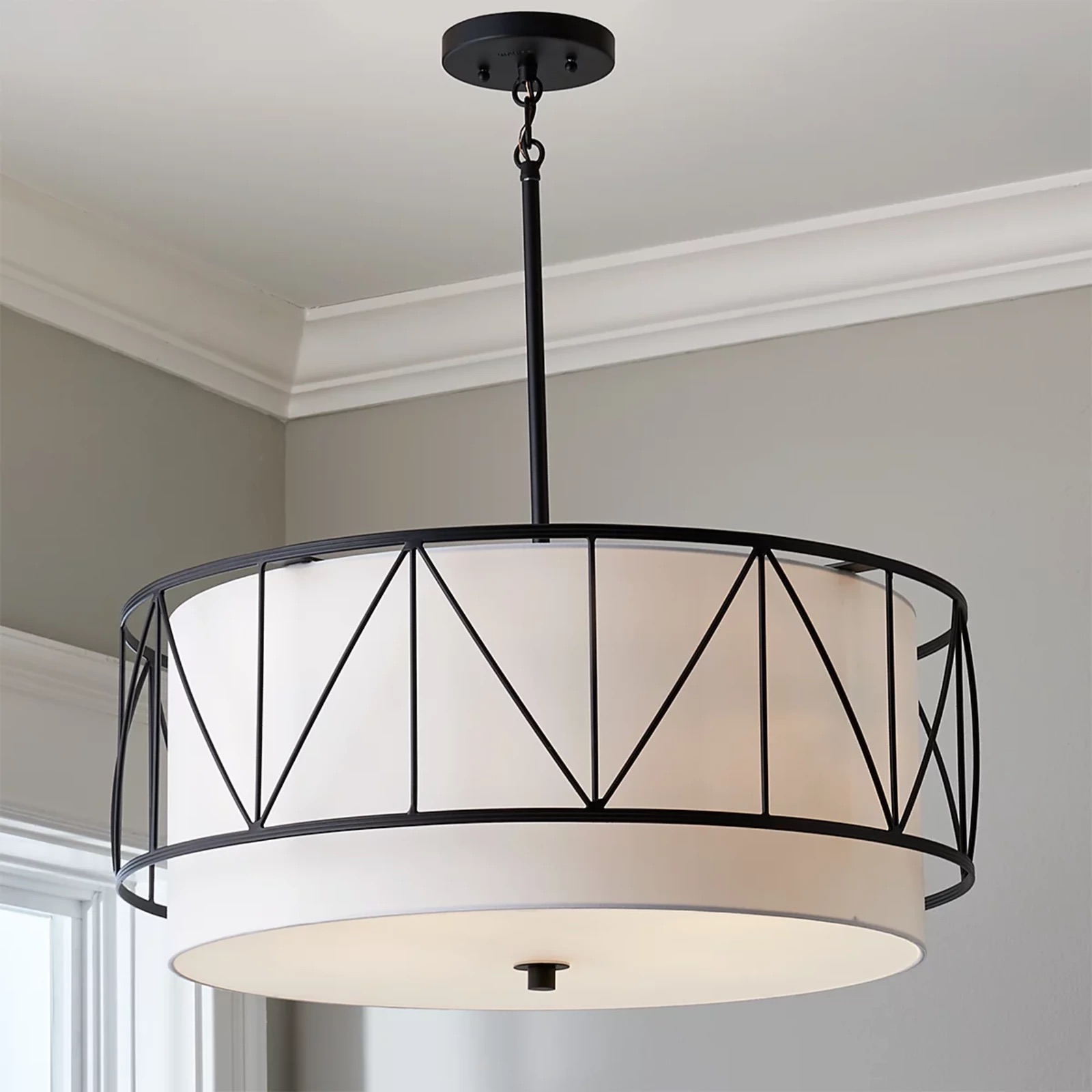
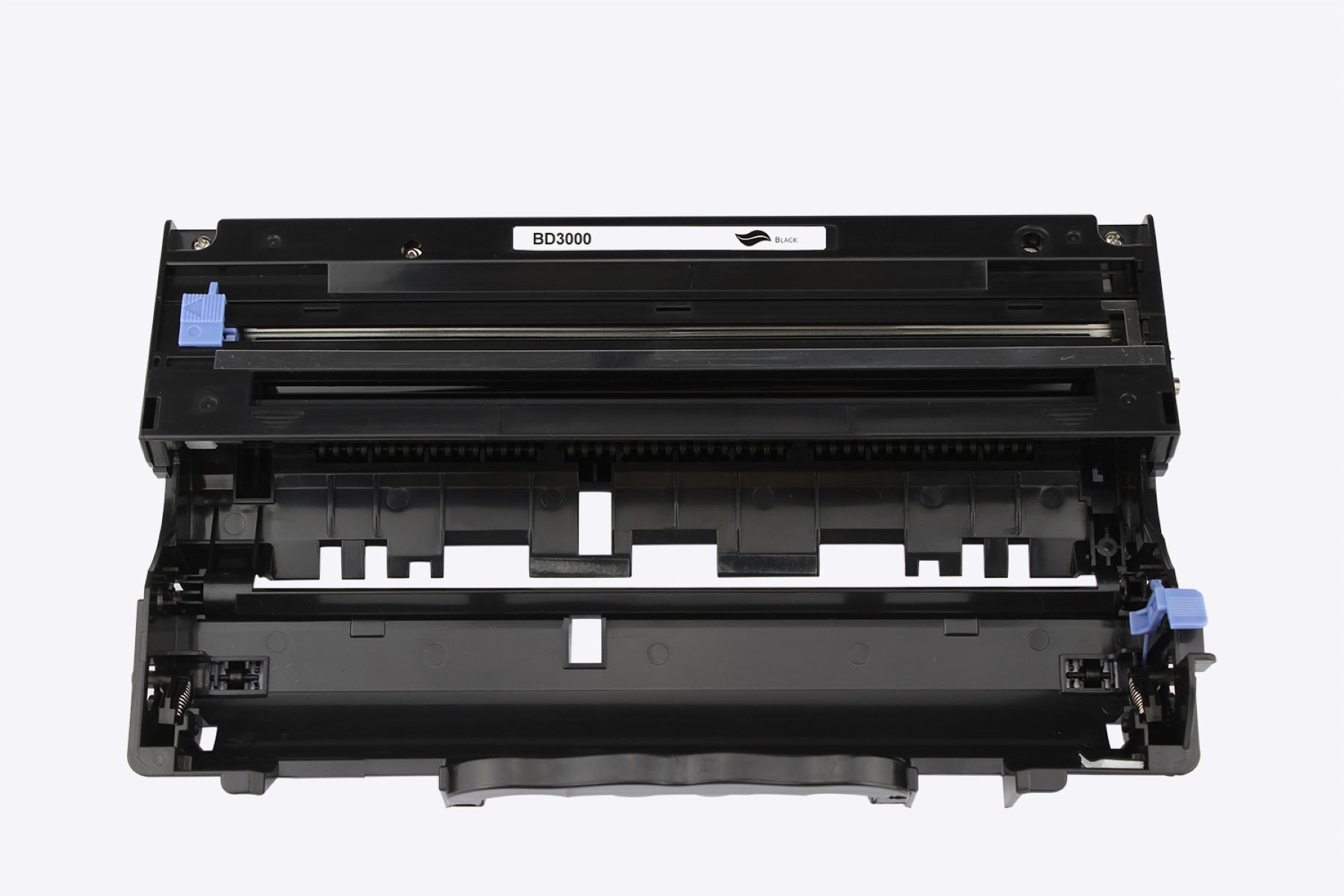
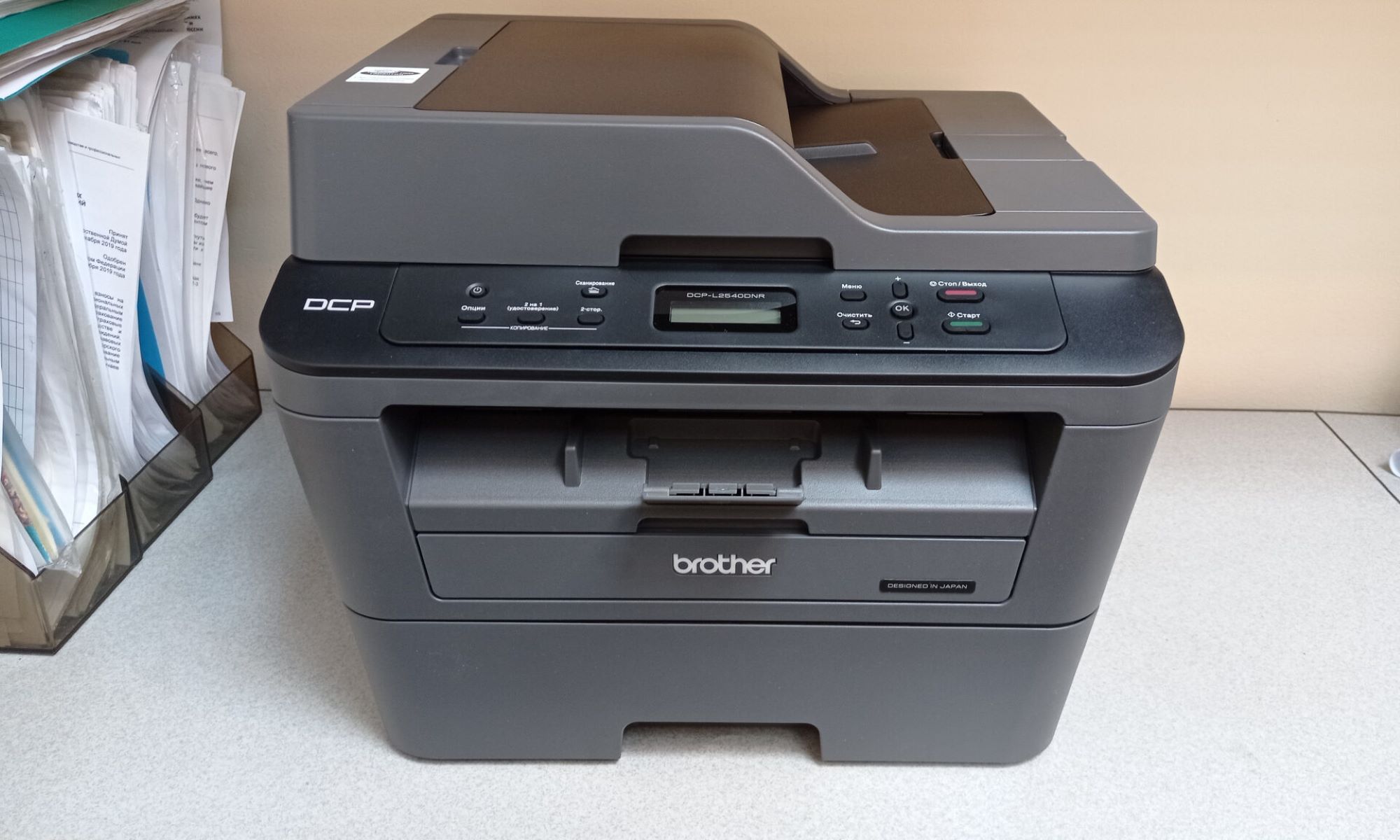

0 thoughts on “What Is A Washer Drum”